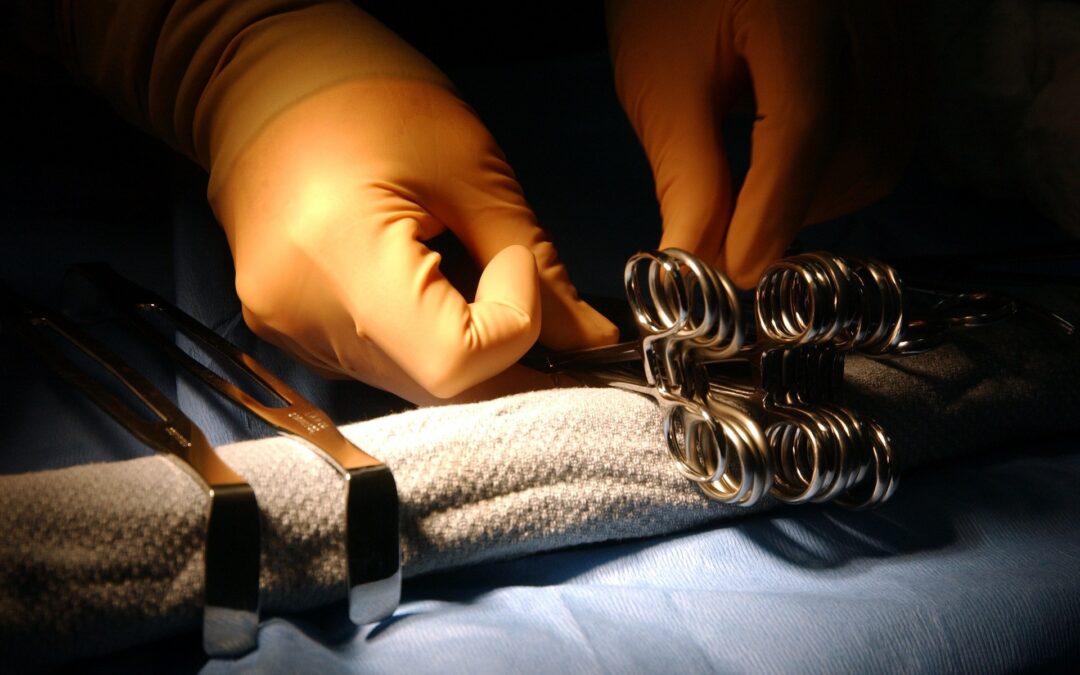Meniscal procedures are not increased with delayed ACL reconstruction and rehabilitation: results from a randomized controlled trial.
van der Graaff SJA, Reijman M, van Es EM, Bierma-Zeinstra SMA, Verhaar JAN, Meuffels DE. The British Journal of Sports Medicine, 2023; 57:78-82.
Take-Home Message
People who initially receive rehabilitation with an optional delayed anterior cruciate ligament (ACL) reconstruction have a similar risk for meniscal surgeries than those treated with an early ACL reconstruction.
Background
Nonoperative treatment of an ACL rupture is a viable option for many patients. However, some clinicians have raised concerns that nonoperative treatment of an ACL rupture or a delayed ACL reconstruction may increase the risk of meniscal injuries.
Study Goal
van der Graaff and colleagues completed a secondary analysis of data from the COMPARE trial to evaluate if treating an ACL rupture with a delayed option for reconstruction leads to more meniscal procedures than an early ACL reconstruction.
Methods
The authors used data collected from the COMPARE trial. The trial included people who sustained an acute ACL rupture within the prior two months. Eight-five participants randomly received an early ACL reconstruction (within six weeks of enrolling in the study). Eighty-two participants randomly received nonoperative treatment with an optional delayed ACL reconstruction. All participants in the nonoperative group received at least 3 months of supervised physical therapy. After 3 months of structured physical therapy, participants could opt for an ACL reconstruction. The authors recorded if someone had a meniscal procedure during an ACL reconstruction or other surgery. Furthermore, all participants had a baseline MRI, which the study team reviewed for signs of a meniscal tear.
Results
Half of the participants who began in the nonoperative group chose to have an ACL reconstruction during the 2-year follow-up period. At baseline, about 41% of participants had a meniscal tear, regardless of group. About 30% of knees had a meniscal procedure during an ACL reconstruction, irrespective of whether it was an early or delayed reconstruction. After the reconstruction, 5% of knees required another meniscal procedure, regardless of group. These subsequent surgeries were because of new trauma or knee complaints, but they always involved a meniscus the authors noticed had damage at the original ACL reconstruction. About 10% of the participants who never received an ACL reconstruction had a separate meniscal surgery.
Viewpoints
This study clarifies that someone who tries nonoperative treatment will not have at greater risk for a new meniscal injury than someone receiving an early ACL reconstruction. These results agree with results from the KANON trial that found similar rates of meniscal surgery over 5 years after randomly assigning people to an early or an optional-delayed ACL reconstruction.
Clinical Implications
Clinicians should be aware that initially trying nonoperative treatment with someone with an ACL injury will not increase their risk of a meniscal tear that requires surgery. Educating patients about the pros and cons of delaying an ACL reconstruction could help a patient better evaluate their options following an ACL rupture and empower them to choose the option that best fits their lifestyle.
Questions for Discussion
How soon after ACL injury do you discuss surgery as a potential outcome with your patients? Do you also discuss the potential for patients to be treated nonoperatively?
Written by Kyle Harris
Reviewed by Jeffrey Driban
Related Posts
Why Patients Who Are Treated Nonopertively After an ACL Injury Decide To Have Surgery
Who Gets a Blood Clot After ACL Reconstruction?
Does Sex Impact Psychological Readiness to Return-to-Sport After ACL Reconstruction?
What Happens in the Family Stays in the Family: Inheriting a Risk of ACL Tears
People with an ACL Reconstruction are Five Times More Likely to Need a Knee Replacement Later On


